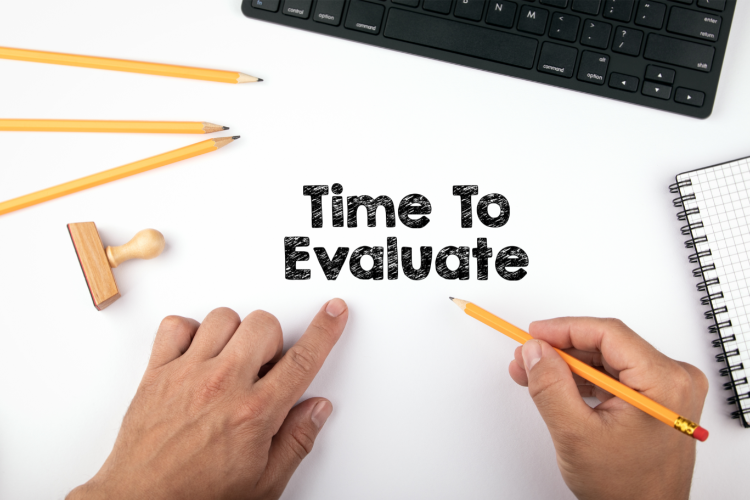
Effective boards regularly monitor its own performance, ensuring that it is clear on its mandate and role, and accomplishing its goals. It should be monitoring its performance not only collectively, but individually. There are many monitoring tools available that enable a board to rate its performance in major areas of board responsibility, as well as options for bringing in outside experts to evaluate board performance. It is usually up to the Board Chair to initiate whatever evaluation process is used; however, a Governance Committee may be given the assigned the task.
A good board assessment will:
- Give individual board members an opportunity to reflect on their individual and corporate responsibilities;
- Identify different perspectives and opinions among board members;
- Point to questions that need board attention;
- Serve as a springboard for board improvements;
- Increase board teamwork;
- Provide an opportunity for clarifying expectations;
- Identify gaps in board recruitment;
- Demonstrate to the staff and others that accountability is a serious organizational value; and
- Provide credibility with funders and other external audiences.
(Based on The Importance of Board Self-Assessment, by Berit M. Lakey, Senior Consultant, BoardSource)
Designing performance measures
Performance reviews of the board are based on actions that the board planned, its process and the results they achieve. These accomplishments or results require concrete, measurable goals that the board uses to measure its progress, its process and its outcomes.
Evaluating the boards’ process requires the board to look at how it goes about accomplishing its goals. It focuses in on the timelines and resources used, including its information gathering techniques, its problem-solving approaches and its decision-making methods. Possible questions include:
- Are we all clear, and agreed, on the organization’s mission and purpose?
- Have we met the goals/outcomes we set out in our work plan?
- Are we progressing towards long-term outcomes? Are we accountable?
- How we operating well as a board team? What could be improved?
- Does our decision-making process work? Could it be improved?
- Do we understand our stakeholders? Are we hearing from them regularly?
- Do we need more information or training in certain areas?
- Have we continued to set goals/outcomes for the upcoming year?
If a board is really struggling with its governance role, it is highly recommended that it bring in outside expertise.
Outsider review or self-assessment
To evaluate the board’s performance it will need to decide whether it needs the opinion of an outside governance expert, or if the board is working well, it might be satisfied with its own assessment to help it refine its processes and direction.
If a board is really struggling with its governance role, it is highly recommended that it bring in outside expertise. There are many governance experts, or trained facilitators, who can help a board clarify its mandate, identify key challenges, and build forward-thinking plans for the future. An outside expert may come in and observe the board’s process and provide useful feedback. An observer may provide: strengths of the meeting, ratings on key areas and suggestion for future improvements.
If a board has recently gone through a change in governance structure, or is finds it current process working well, it may perform a self-assessment as a means of refining or confirming its current board governance structure. A board can perform a self-assessment by giving each member a survey or checklist, compiling the results and holding an open discussion. Self-assessment will include questions to identify; what the board needs to stop doing, continue doing and start doing. The board can then develop strategies to make desired changes and put them into the annual work plan.
Evaluating the board team
It is important to conduct some type of board evaluation each year. Some board members monitor themselves after every meeting. An annual review could coincide with the annual evaluation of the senior staff person or before annual planning events. The board evaluation often includes how its members are functioning as a team.

